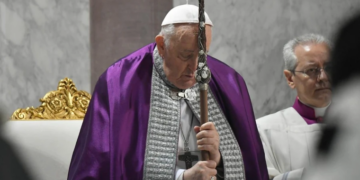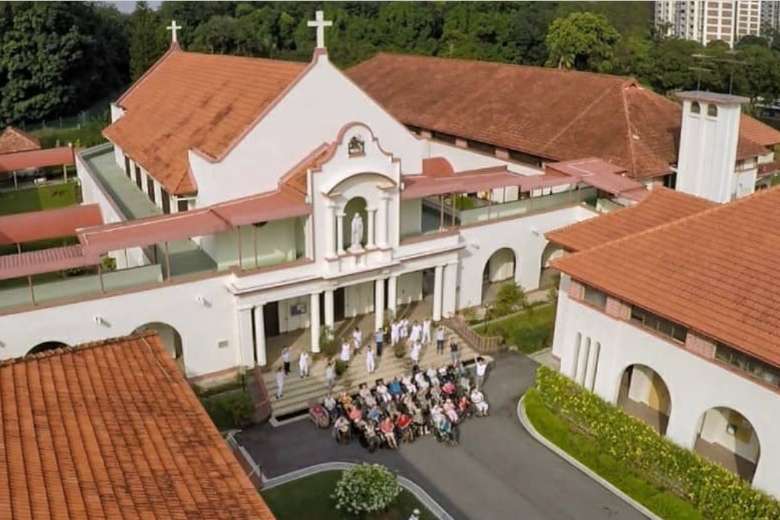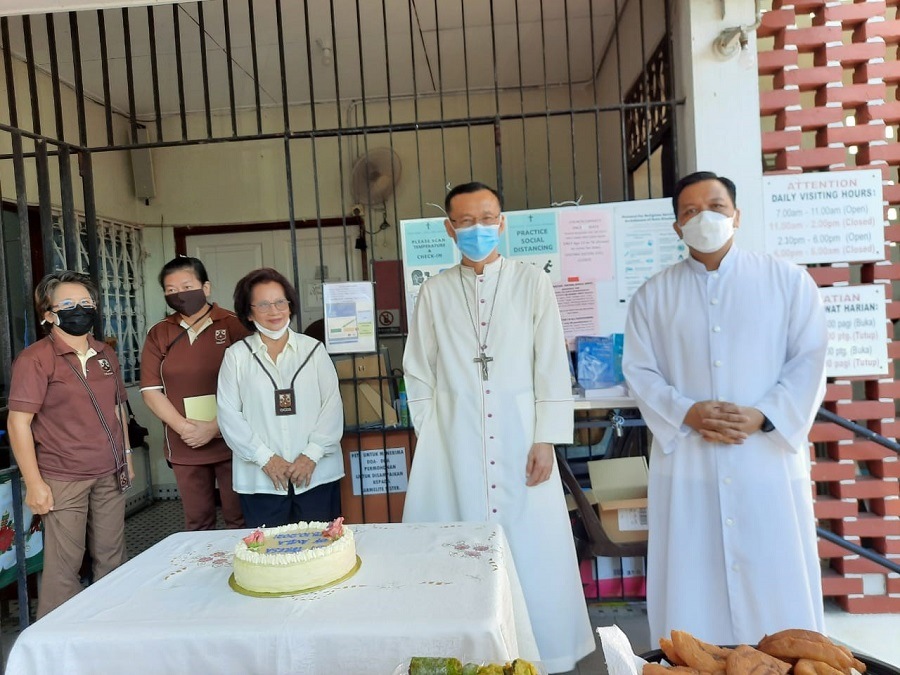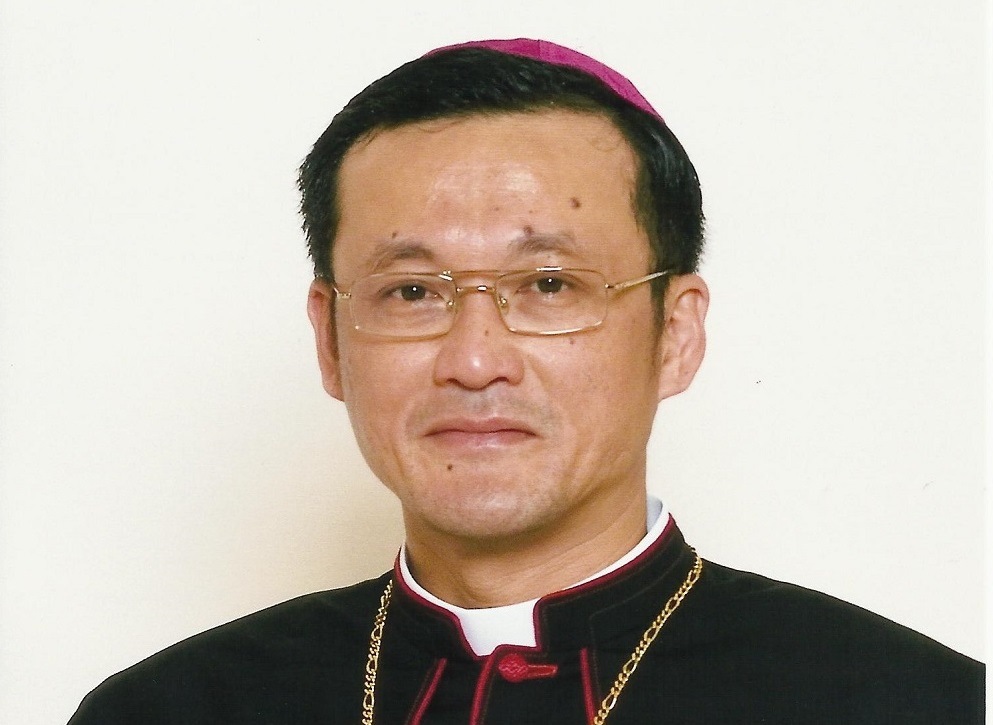Church-run St. Teresa’s Home in Singapore has been a haven for vulnerable communities for about eight decades. (Photo: St. Teresa’s Home website)
By UCA News reporter
Oct 21 2021
St. Teresa’s Home has provided vital services to elderly, poor and sick people in the city state since 1935
Authorities in Singapore have decided to conserve a cluster of Catholic-run buildings that offer vital services to elderly, poor and sick people for their historic, architectural and social significance.
The Urban Redevelopment Authority (URA) said on Oct. 15 that a proposal to conserve six buildings and an entrance archway at St. Teresa’s Home has been made, reported The Straits Times.
The structures include a chapel, dormitory blocks and an administration building on Upper Thomson Road. The facilities started in a small scale in Derbyshire Road in 1935 before moving to the current location in 1939.
The move, URA said, recognizes the buildings’ “historical, architectural and social significance” and their contribution to “the sense of identity and character” of the area.
URA said its conservation proposal has the backing of the site’s owner, Archbishop William Goh of Singapore Archdiocese, adding that the owner has plans for “adaptive reuse of the buildings that have been proposed for conservation as part of its redevelopment plans for the site.”
The archdiocese plans to house a heritage center, church archives, offices and a retirement home for priests in the conserved buildings, turning it into a Catholic hub. “ allows the site to cater to modern needs while safeguarding its rich heritage,” said URA.
The management aims to provide quality holistic care for the elderly and aged sick through the continuum of nursing and spiritual care tailored to the needs of each resident
The redevelopment work is scheduled to begin in the latter half of 2022 and will finish by 2025.
Catholic Welfare Services, which runs St. Teresa’s Home, has a plan shift to another site to allow for more facilities and more beds by 2026.
According to historical records, the elderly home was the brainchild of the Little Sisters of the Poor, an international congregation of Catholic nuns, who collected 60,000 Singapore dollars (US$44,400) from philanthropists Aw Boon Haw and Aw Boon Par in the 1930s to build the home. It was designed by prominent Singaporean architect Ho Kwong Yew.
The Little Sisters of the Poor, founded in France by St. Jeanne Jugan in 1839, are renowned for serving the old, poor and destitute worldwide.
During the early days of the home, when Singapore was under Japanese occupation forces amid World War II, the nuns provided shelter to some 300 families despite the facilities being inadequate for so many residents.
The Little Sisters of the Poor moved out of Singapore on July 1, 2003, and Catholic Welfare Services, the social service wing of Singapore Archdiocese, took over management of St. Teresa’s Home.
The home provides a cheery residence for the elderly and aged sick with multiple services — medical and nursing, rehabilitation, spiritual and pastoral care.
“The focus of the home remains the same. The management aims to provide quality holistic care for the elderly and aged sick through the continuum of nursing and spiritual care tailored to the needs of each resident,” its website states.
The home is built on a foundation of Christian values of love and care for others, especially for those less fortunate in society, to follow in the footsteps of the founding sisters — “Making the poor happy, giving happiness to the poor.” – UCANews



















































